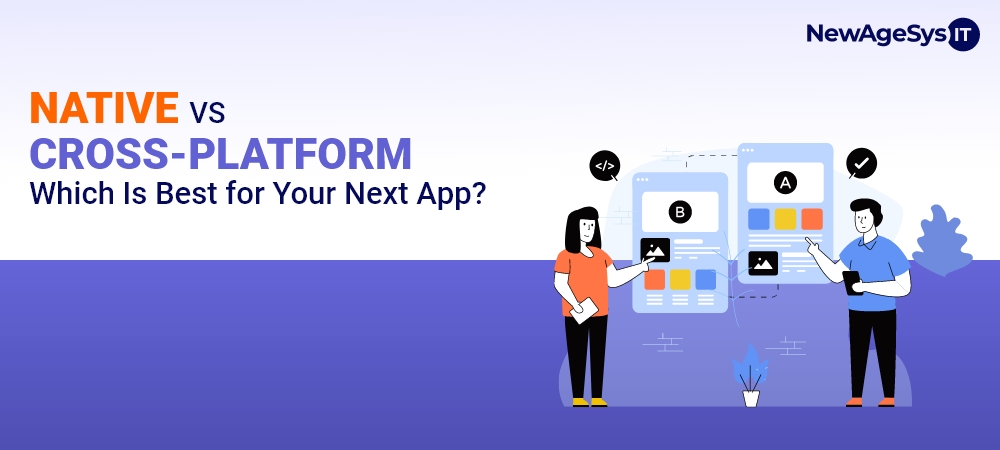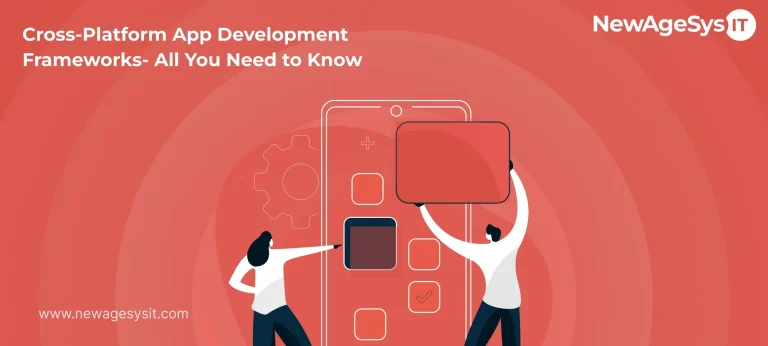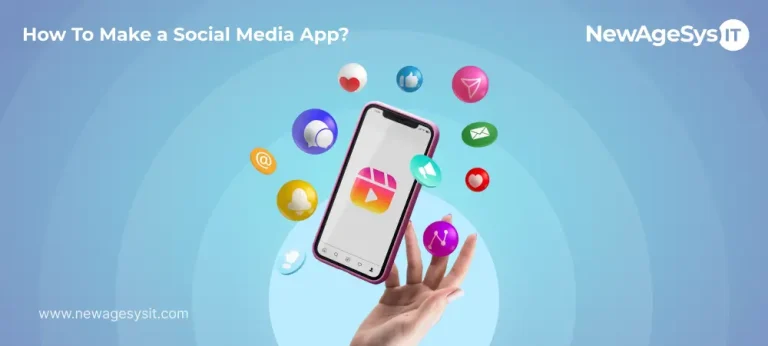The debate over whether to create natively versus cross-platform is as old as the major mobile platforms. Nonetheless, it continues to irritate clients on the verge of their next app project even in 2024.
Native app development uses platform vendors’ development tools (Objective C and Swift for iOS, Java and Kotlin for Android) and necessitates generating and maintaining distinct code bases for each platform. The hunt for a single code base resulted in hybrid app development (web apps with native parts) and cross-platform development (apps with shareable and reusable code).
With tools like Flutter, React Native, and Xamarin propelling cross-platform development to new levels, product owners are perplexed. Should they choose cross-platform or native?
Let us find out the answers today.
Here’s our policy: utilize the best tool for the job. For certain programs, cross-platform is sufficient. For others, native is the solution. So, how do you decide? Here are a few parameters we have identified via over a decade of experience working with varied clients. These can help you decide if cross-platform or native mobile app development is better for your project.
Opt for cross-platform development in the following scenarios:
- If your priority is to swiftly enter the market and acquire users, without necessarily having a groundbreaking app at the outset.
- If you have no plans to incorporate third-party services, such as payment gateways, video conferencing, or analytics, into your app.
- If you anticipate a short app lifespan and do not intend to maintain it for an extended period, such as for a temporary event.
- If you are open to the possibility of redeveloping the app in a different technology in the future, if necessary.
- If you aim to minimize costs, recognizing that long-term maintenance expenses could be significant.
- If your application does not heavily rely on tight integration with underlying platform features like Bluetooth, background services, or hardware dependencies, and primarily serves to present information to users.
Choose native development in the following situations
- Your application is intended for longevity, and you are committed to maintaining it over an extended period.
- Prioritize the solidity of your app; quality outweighs budget concerns.
- Integration with third-party services is necessary, particularly when not all providers offer cross-platform SDKs.
- Ensure ongoing support from vendors by utilizing official SDKs rather than unofficial ones, especially if your app’s core functionality relies on them.
- Stay up-to-date with the latest features from Apple and Google, such as Dynamic Island or Chat Bubbles, by promptly updating your app.
- Performance is critical, especially if your app handles large data volumes.
- Your app is deeply intertwined with the native platform it operates on.
In summary, opt for native development for complex, long-term applications to save time and resources in the future. For simple, short-term projects, cross-platform development can save time and resources initially.
What if cost is important to you and you want to choose the best?
- Cross-platform programming is often 60-80% less expensive than native app development. For very simple apps, this can be 50% or less.
- For simple apps, the time and money saved from cross-platform development are worthwhile.
- For complicated apps, the time and money spent on maintenance will outweigh the initial savings. Using native tools ensures greater future safety.
- You can attract investors by launching a simple cross-platform app first and then working on a native app later.
Future of Cross-Platform Development Tools.
Flutter is really popular today, but I get this question all the time: how long will it be around? Is it safe to gamble on it as a long-term app? My guess is that Flutter will gradually fade away over the next five years, or be surpassed by the impending Kotlin Multi Platform for Mobile (KMM). KMM enables developers to exchange business logic across several platforms as natively compiled binaries while leveraging the native UI (SwiftUI, Compose/XML, or HTML/CSS), allowing them to benefit from native UI performance.
React Native could last longer due to the enormous online developer community, but in my experience, large projects are harder to maintain in React Native because it employs web technologies behind the scenes. React Native’s quick learning curve contributes to its high adoption rate. Xamarin has its own market share, which is dominated by.NET developers, and many organizations use.NET for their systems. Those businesses will stick with Xamarin since they can leverage their existing codebase to target mobile users.
The Future of Native Development Tools
Both Apple and Google have always provided first-class support for native development, and this will continue indefinitely because it is the preferred mechanism for building programs for iOS and Android. New features and libraries are always introduced to native first, allowing developers to adopt new functionality rapidly. New tools and approaches may arise (for example, declarative UI tools such as Compose and SwiftUI, or new architectures such as MVVM or MVI), and both Apple and Google will provide guidance on how to integrate these new technologies into the existing codebase. Third-party service providers (analytics tools, payment gateways, streaming providers, and so on) always give first-class assistance for native development, as well as lifetime support, because that is their major market.
Conclusion
There are numerous approaches to developing mobile applications today. The landscape will permanently change. You simply need to select the appropriate tool before investing. Cross-platform is sufficient for small-scale applications or programs that must be released rapidly. Investing in native development ensures that large and complicated apps with room for future expansion remain future-proof.
Still have questions about mobile app development? Reach out to us.

























